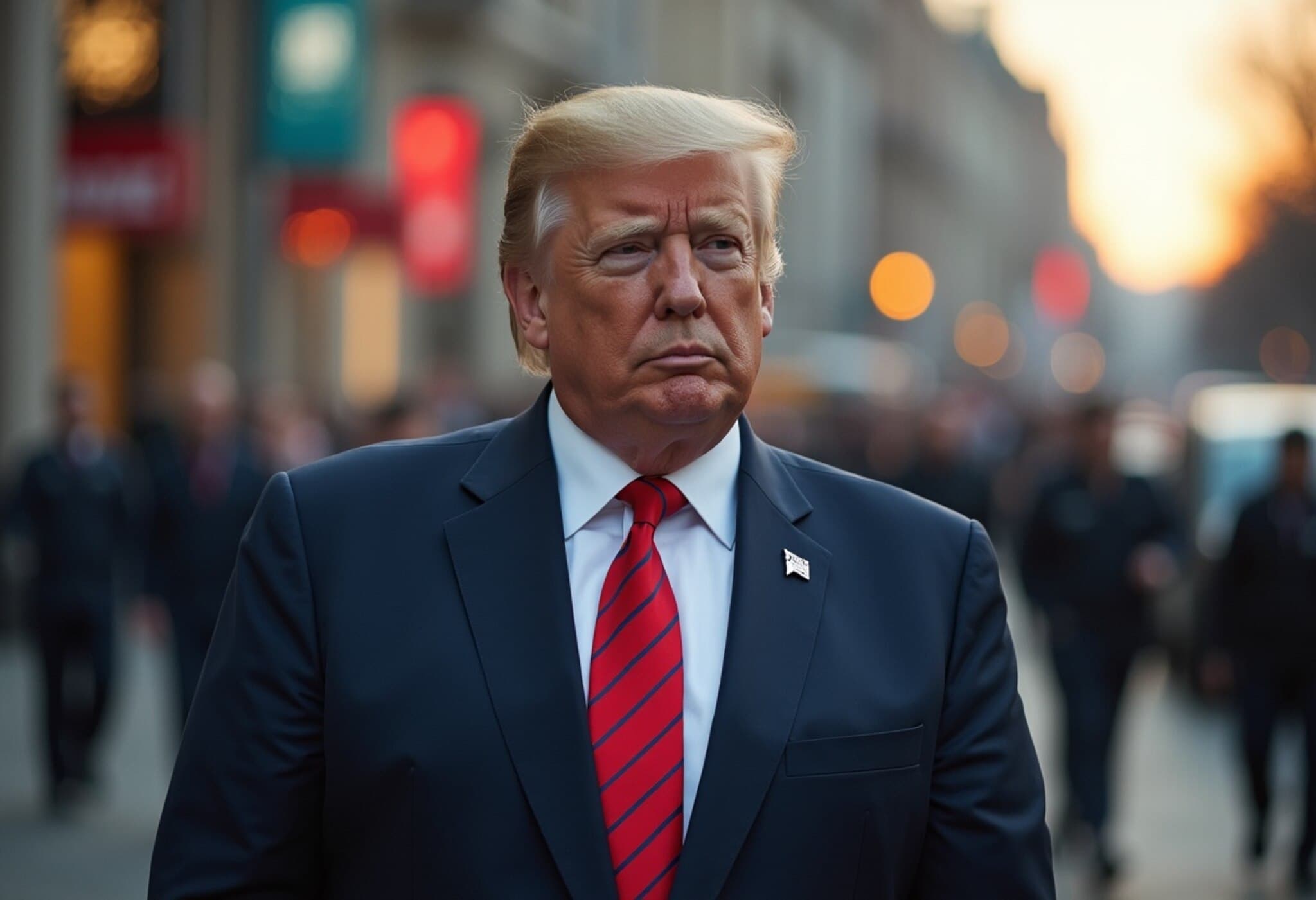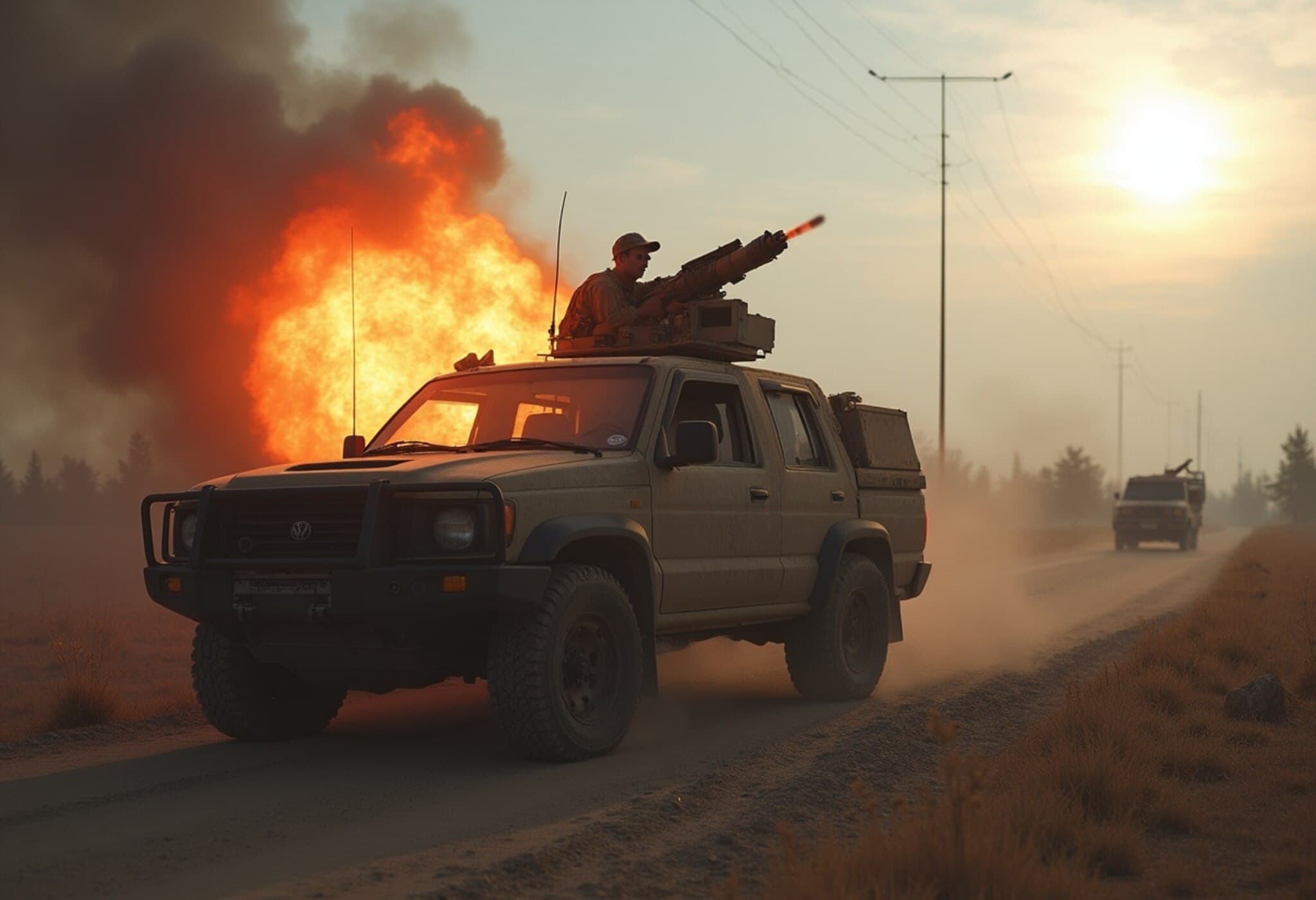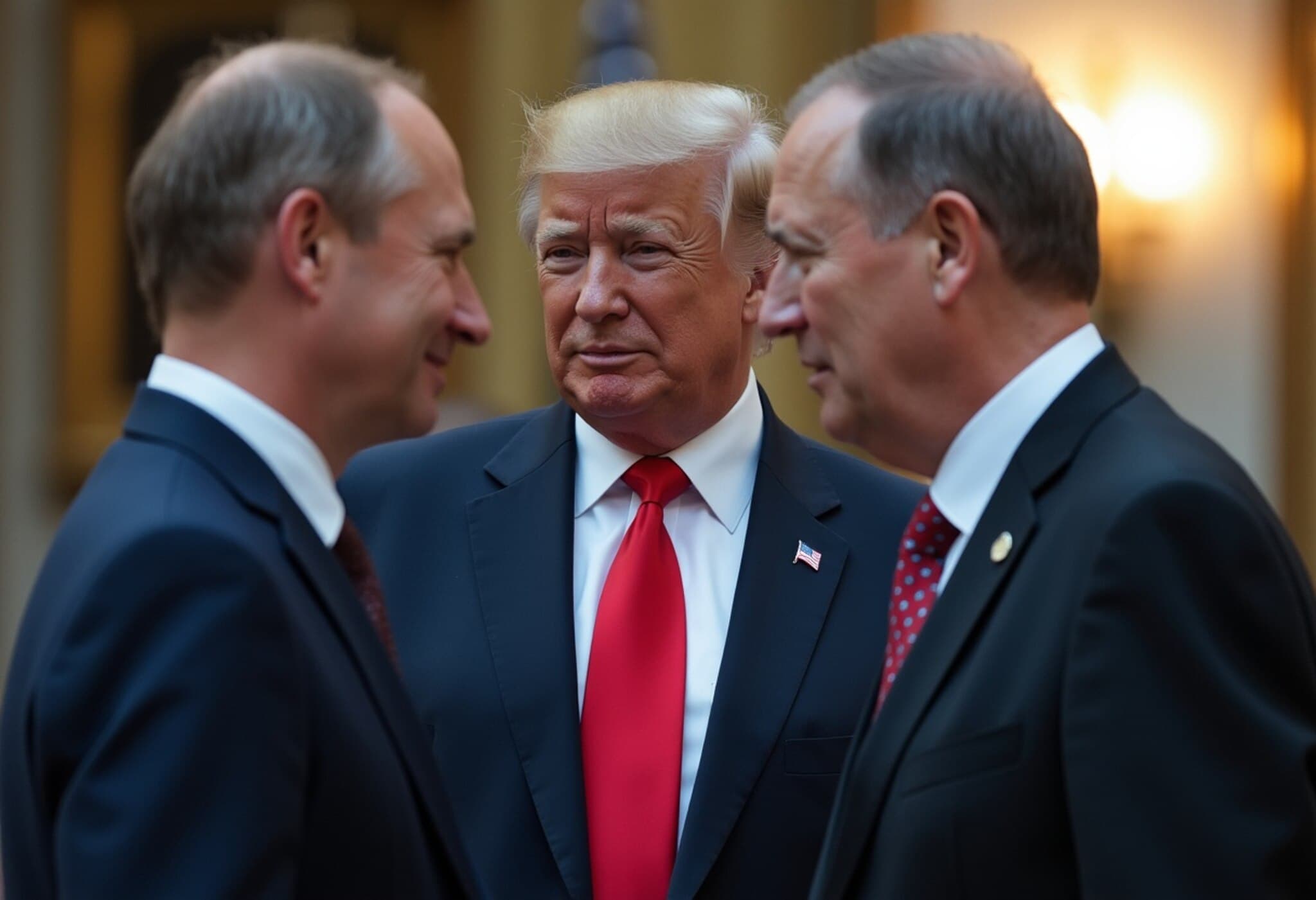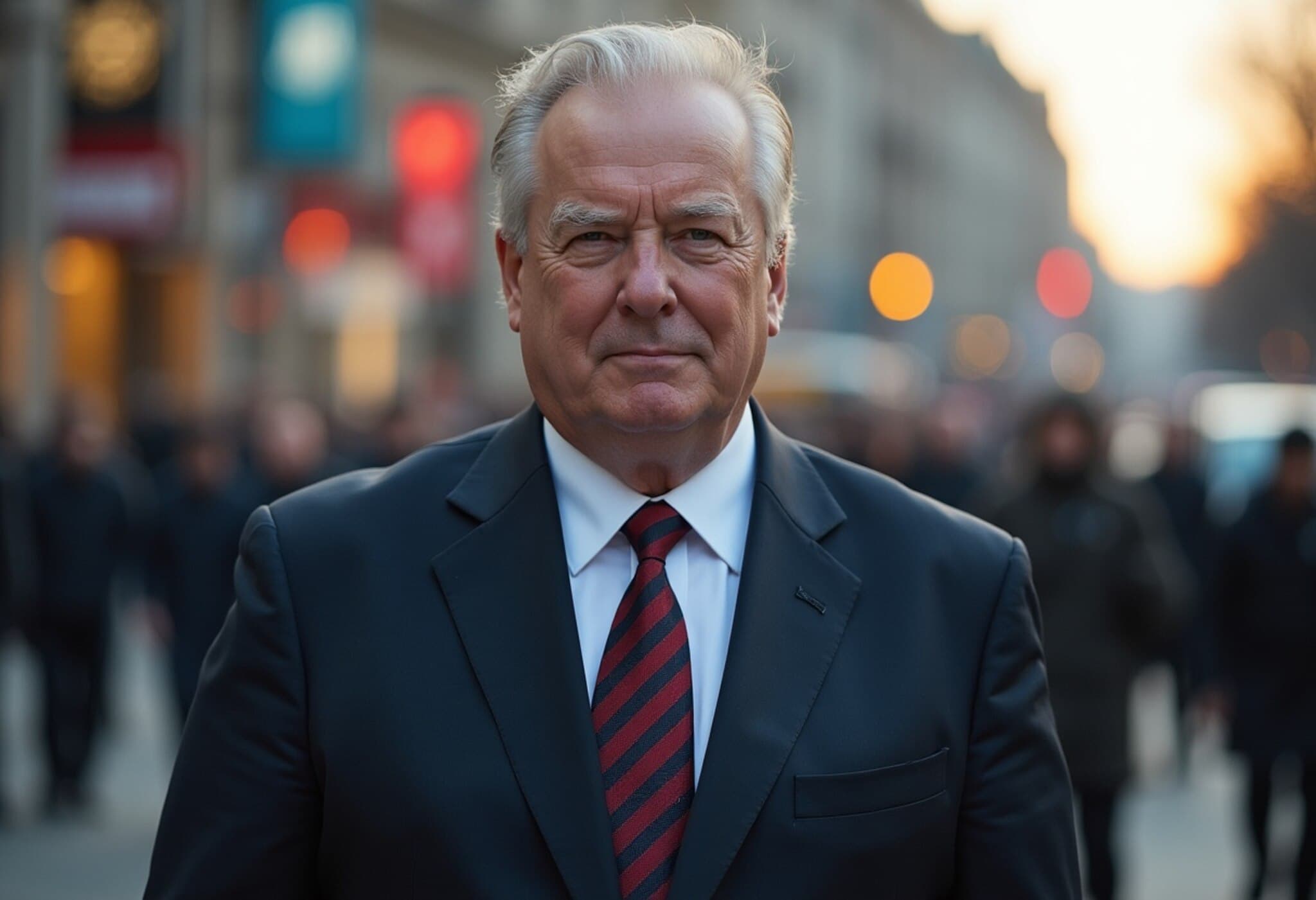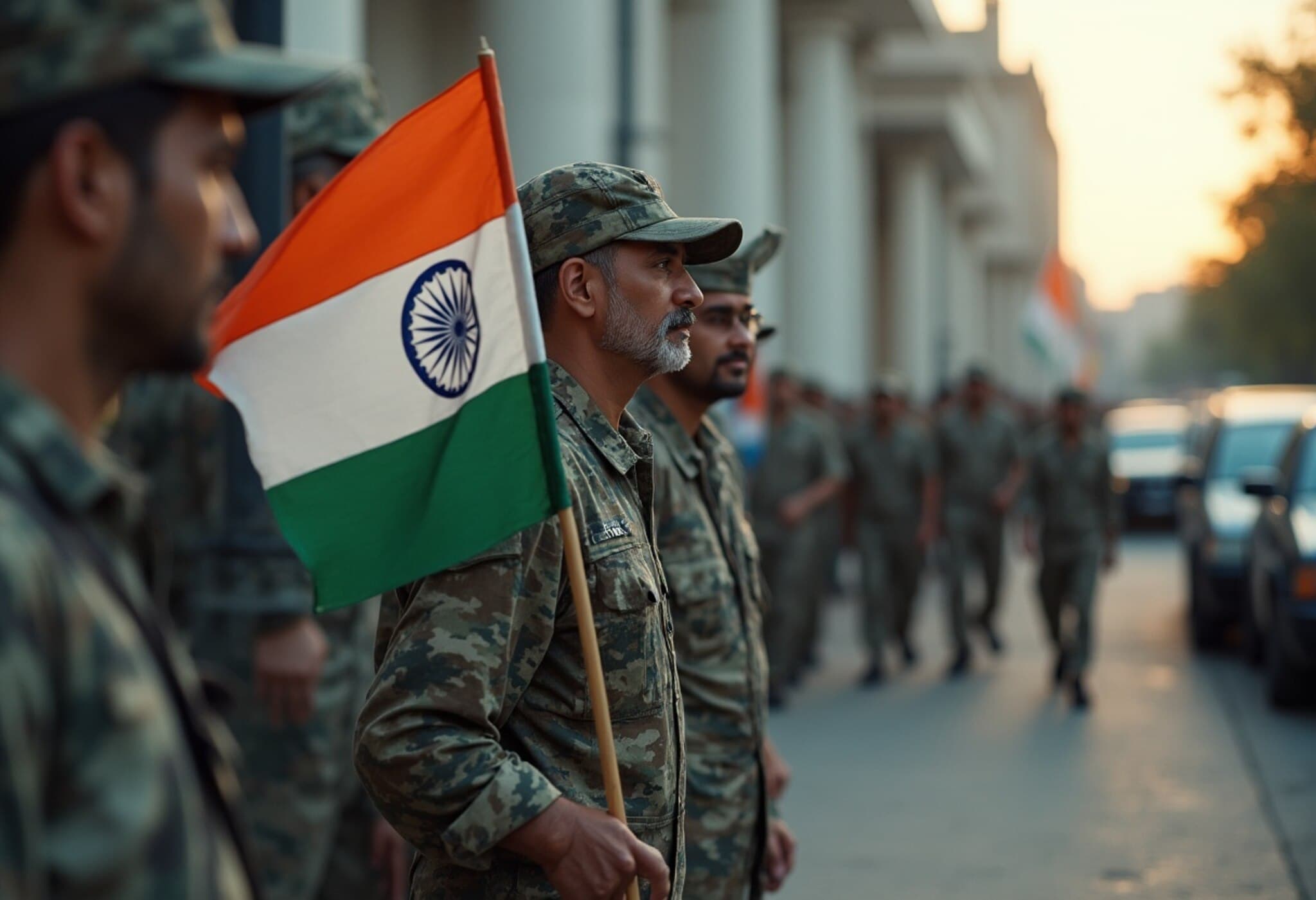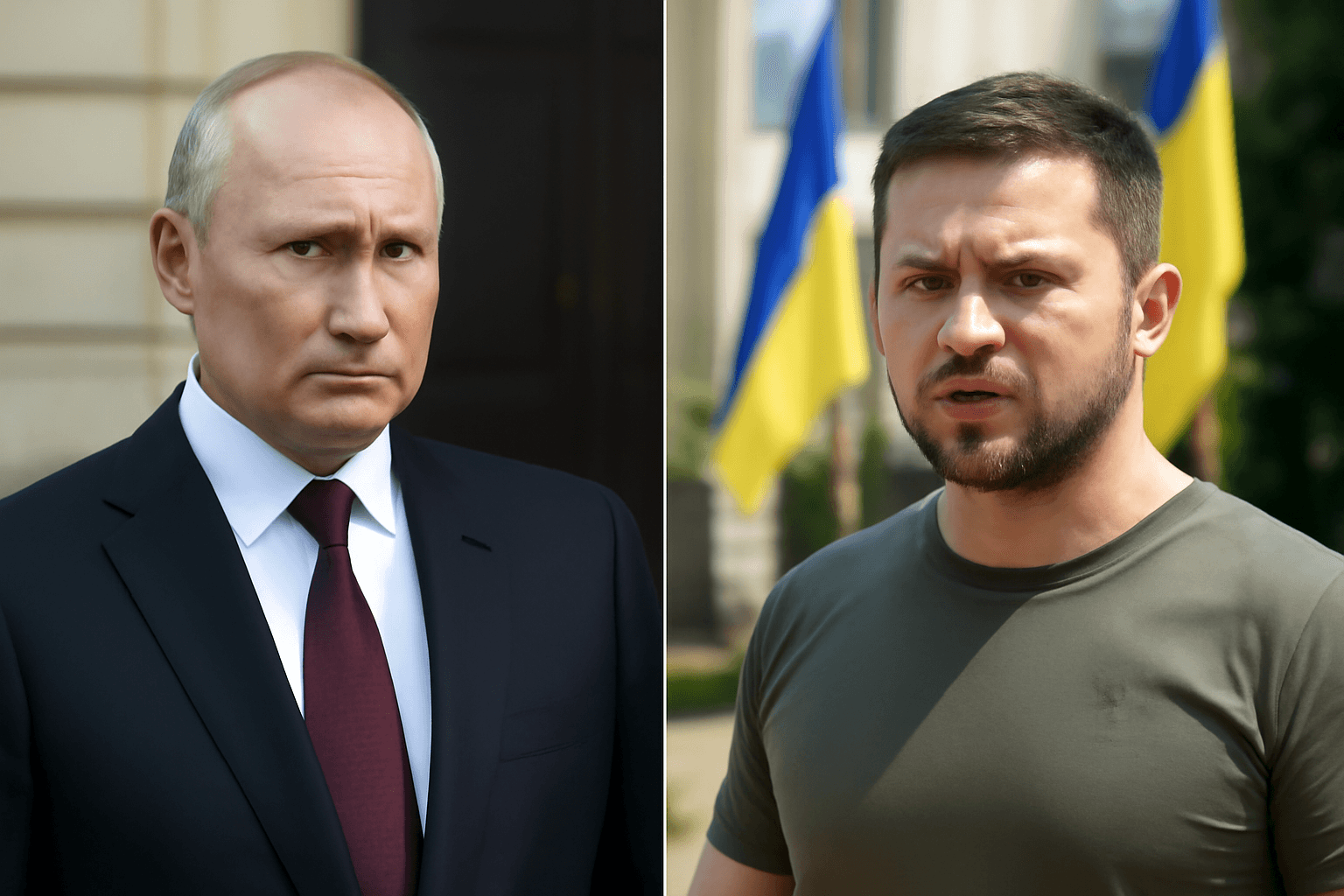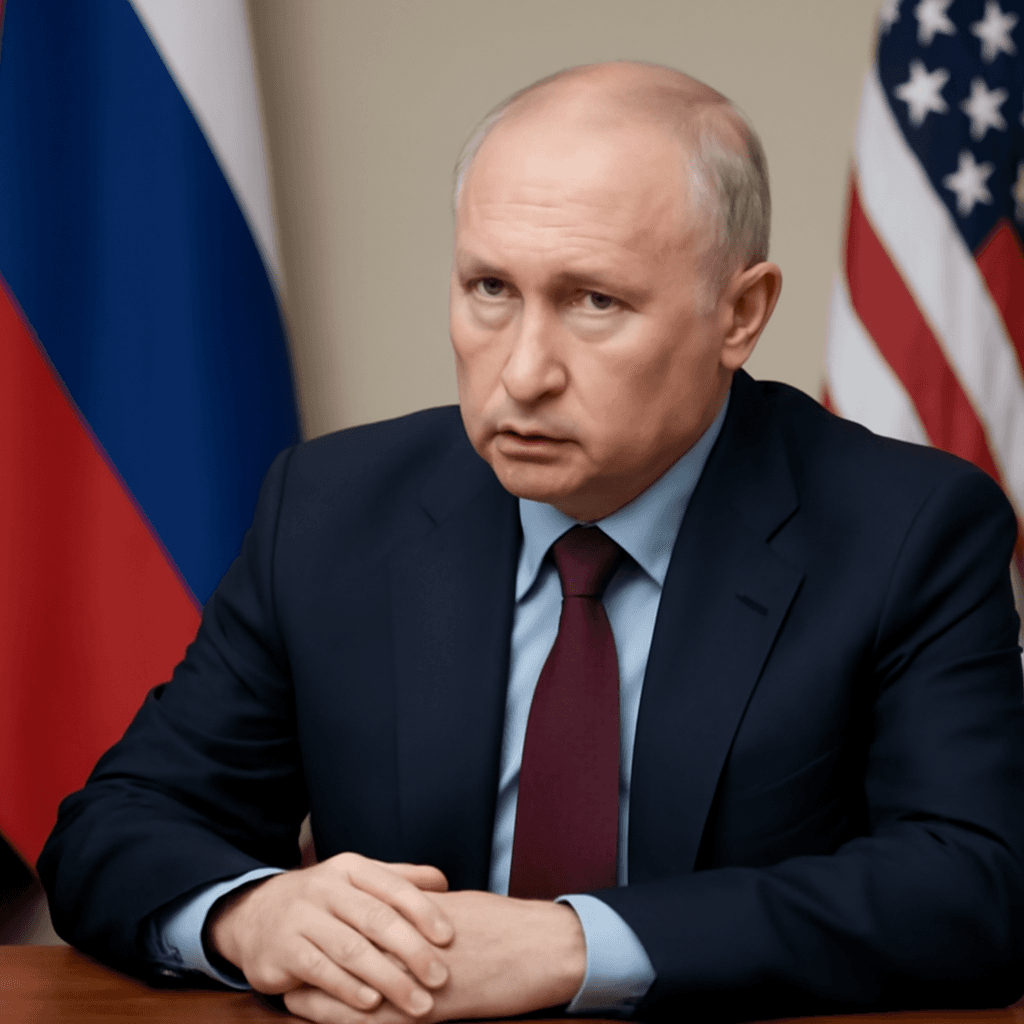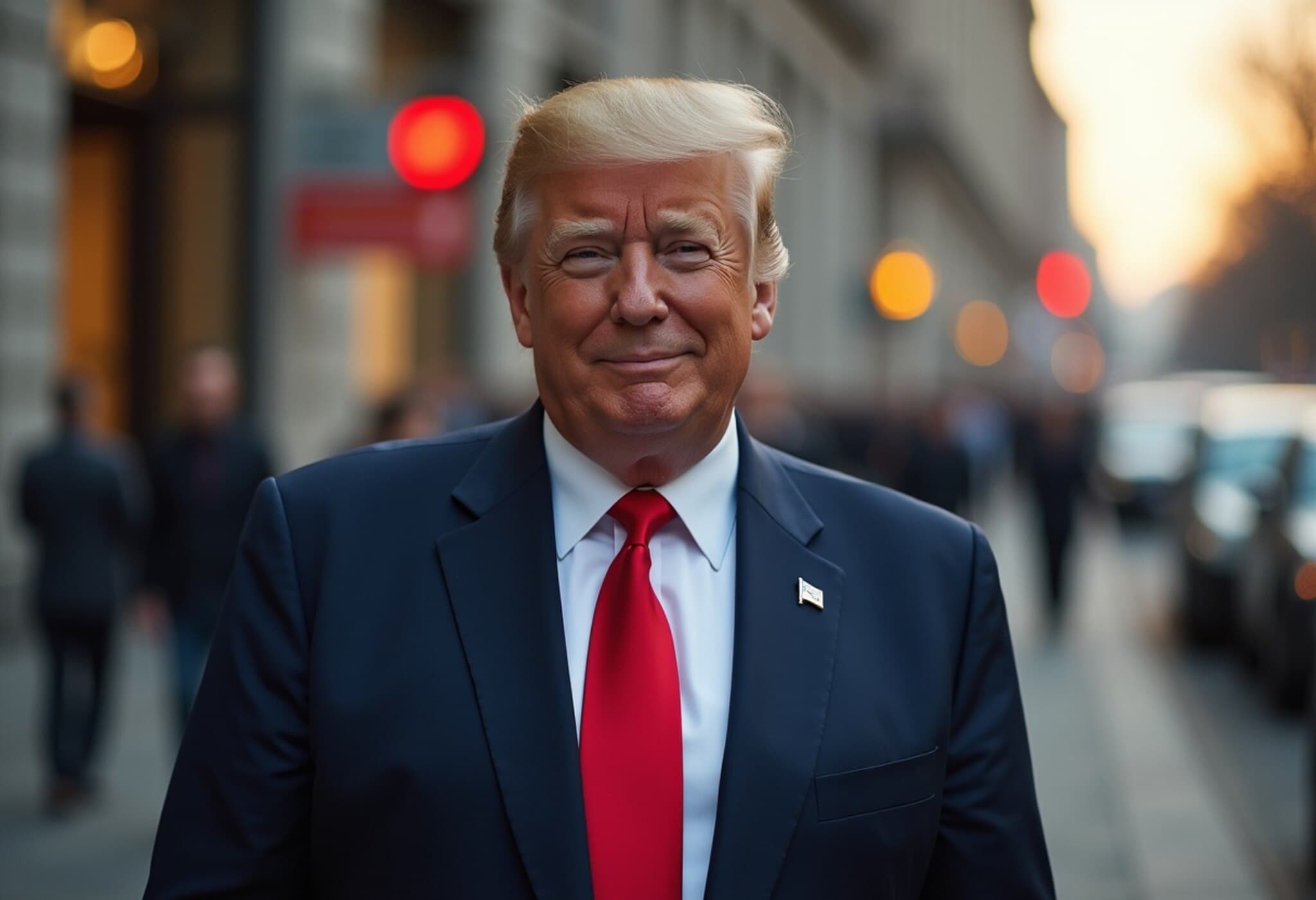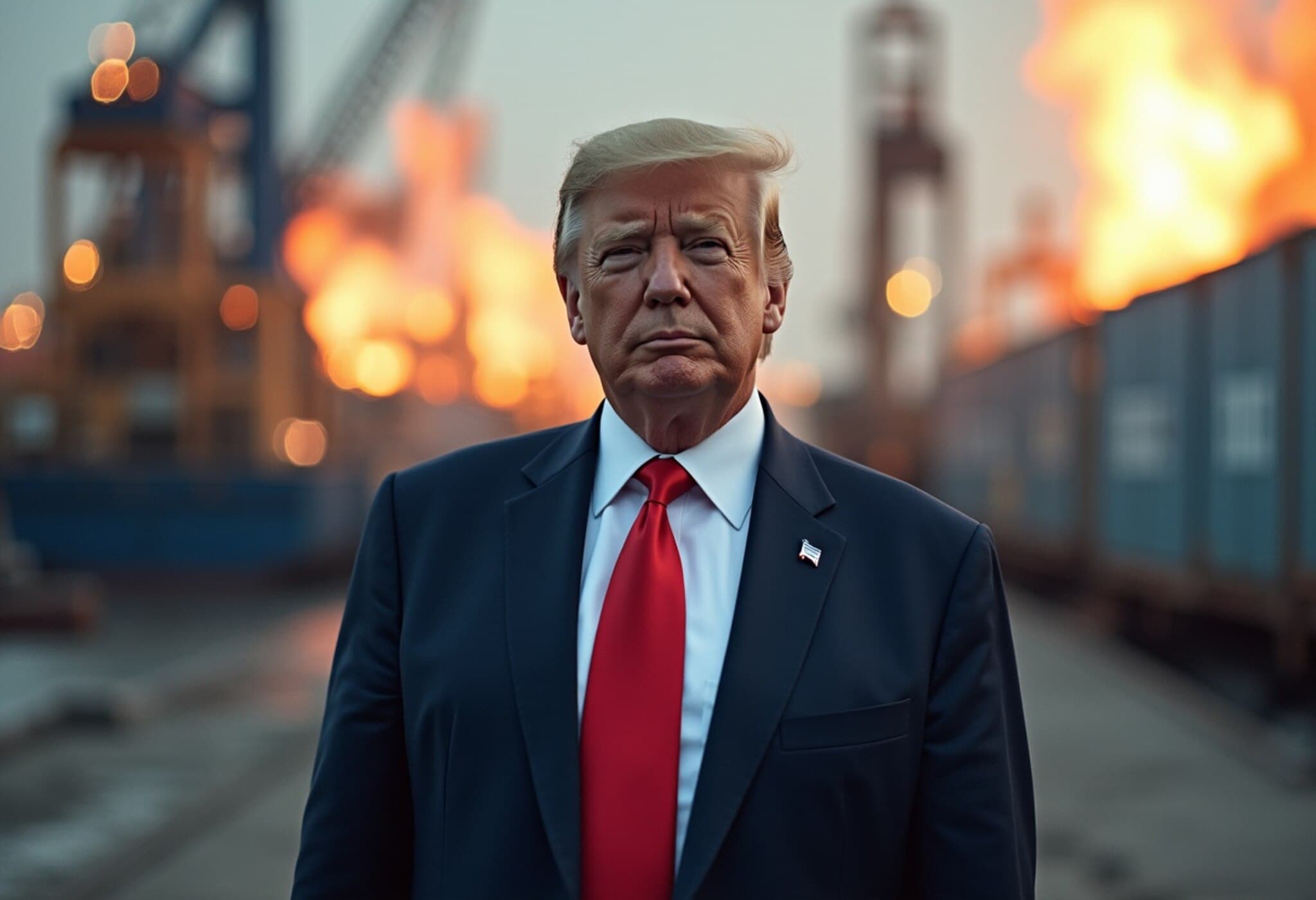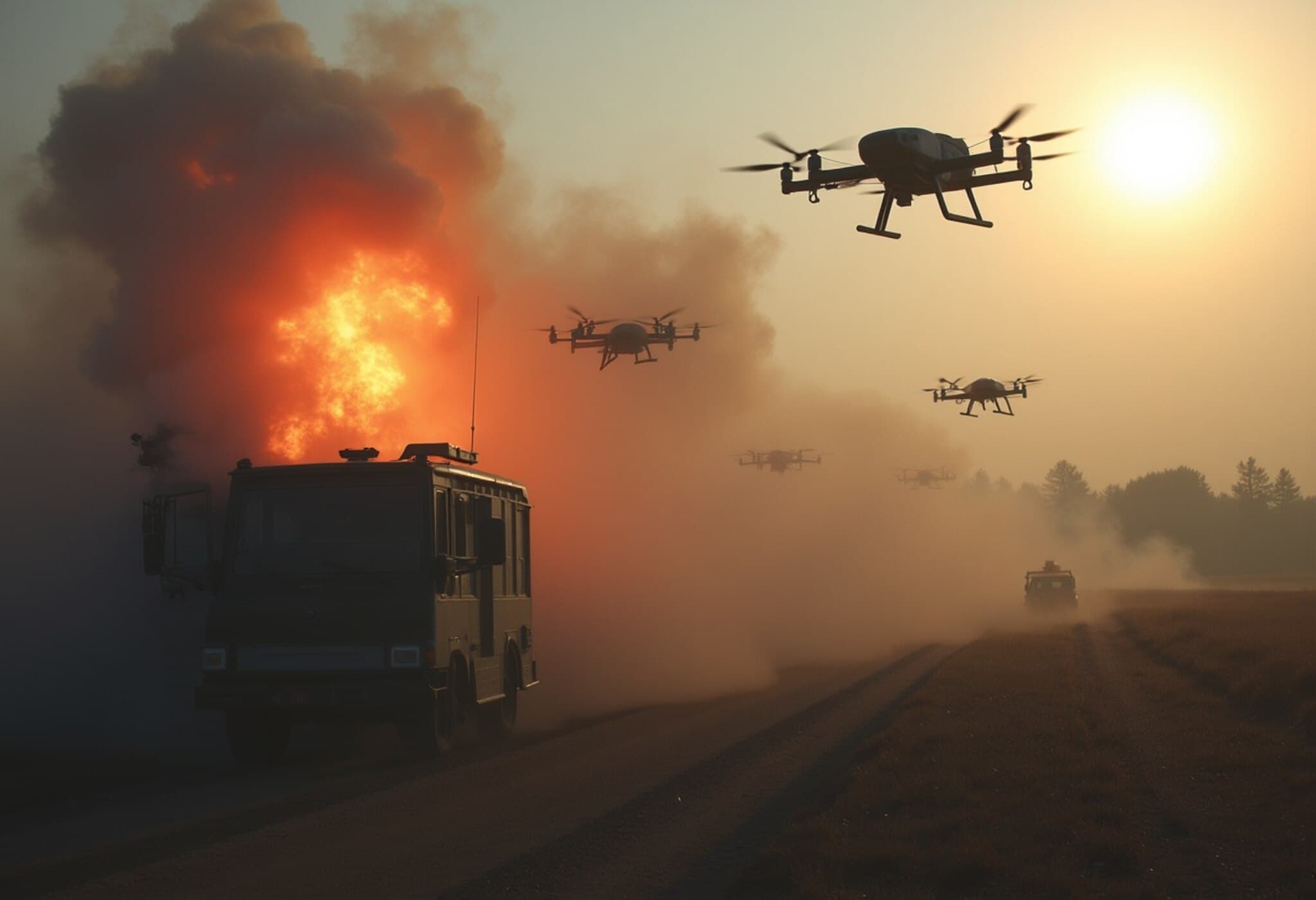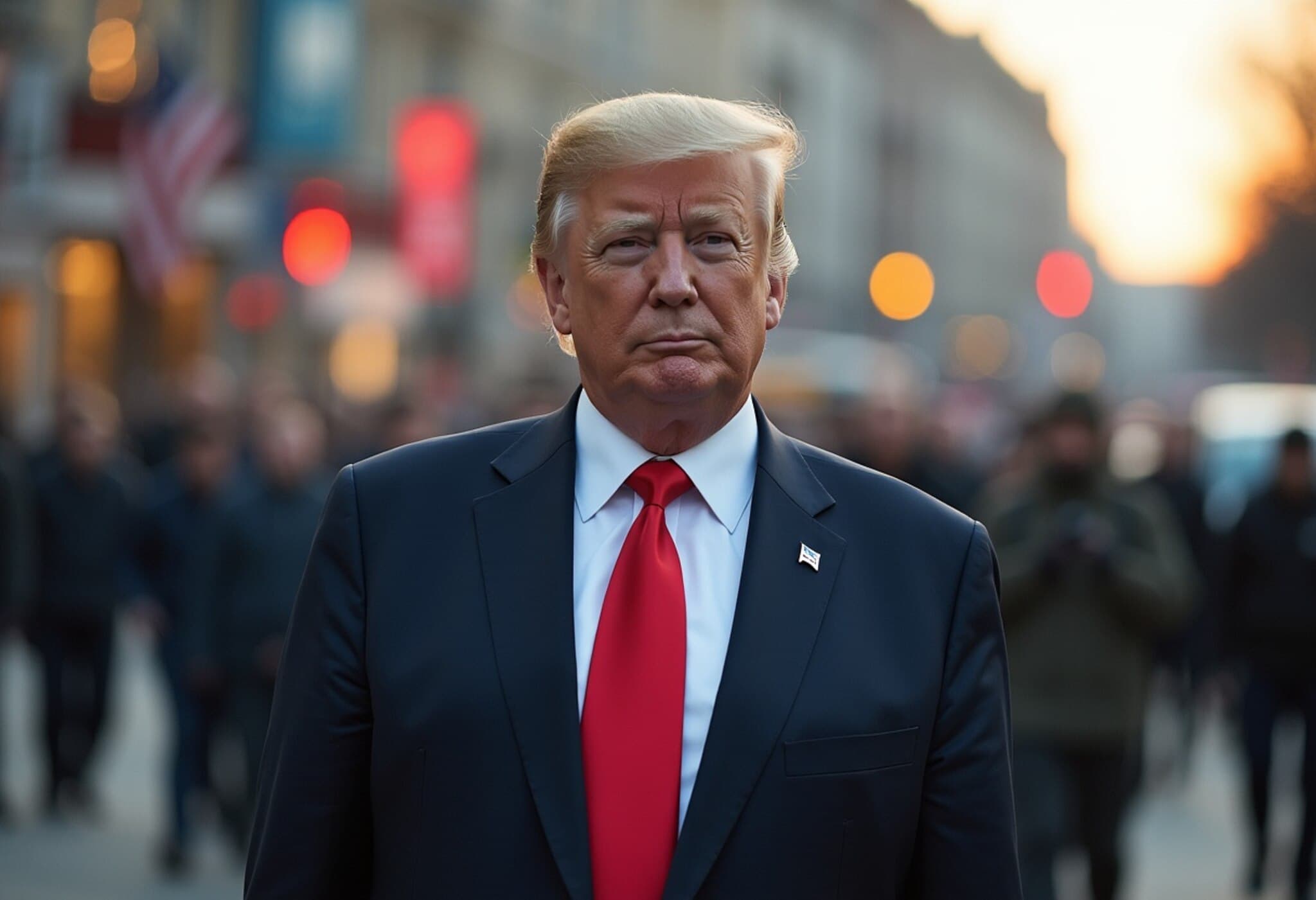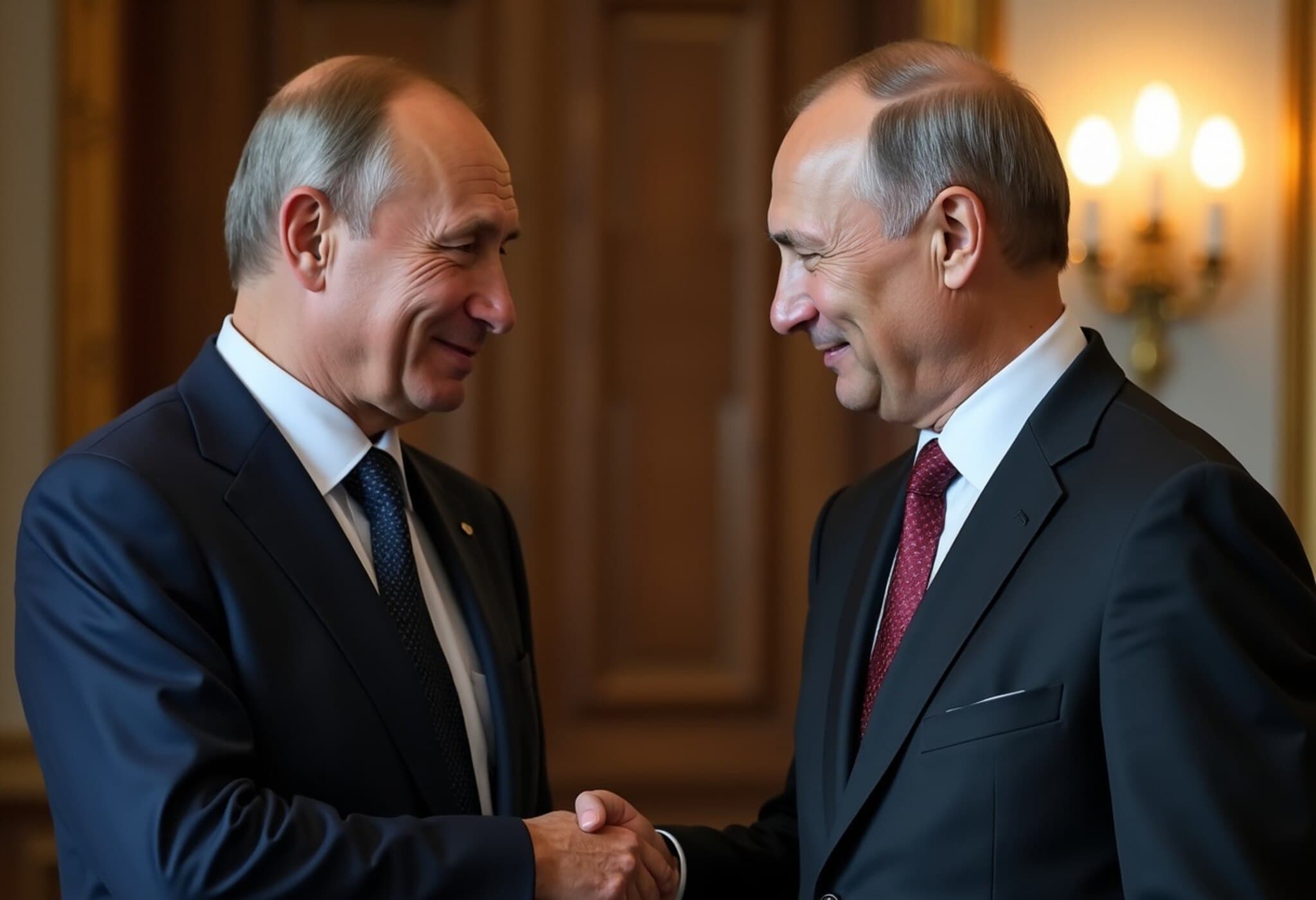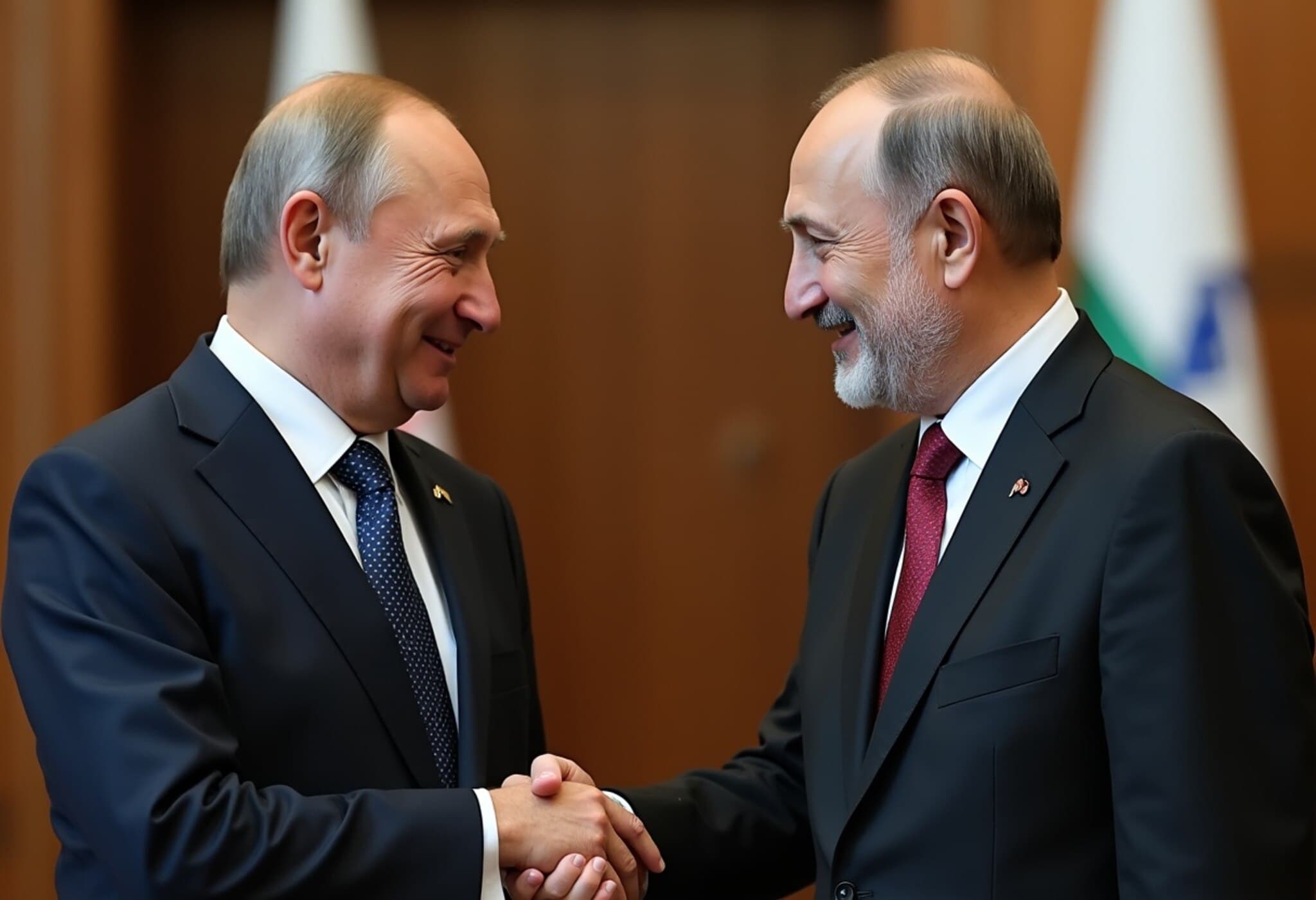Russia Expresses Willingness for Peace but Sets Clear Conditions
In a complex and evolving geopolitical landscape, Russia has conveyed its openness to pursuing peace with Ukraine yet emphasized that achieving its strategic objectives remains paramount. Kremlin spokesperson Dmitry Peskov's recent comments highlight Moscow’s steadfast stance amid heightened international pressure and a tough deadline imposed by the United States.
Kremlin’s Position on Peace Talks
Addressing state media, Peskov reiterated Russian President Vladimir Putin's desire to conclude the Ukrainian conflict «as soon as possible,» acknowledging the process’s intricate and challenging nature. However, he cautioned that peace cannot come at the expense of Russia’s proclaimed goals. These include Ukraine’s withdrawal from the four eastern and southern regions annexed by Russia in 2022, a condition firmly rejected by Kyiv and Western governments.
"The main thing for us is to achieve our goals. Our goals are clear," Peskov stated, underscoring the Kremlin's unwillingness to compromise on territorial claims or security demands, such as Ukraine's renunciation of NATO aspirations and significant limitations on its military capabilities.
Escalating Military Pressure Amid Diplomatic Deadlock
Despite vocal commitments to negotiation, Moscow has intensified long-range bombardments on Ukrainian cities. Analysts caution that recent drone attacks surged beyond monthly averages seen in 2024, signaling an escalation in military pressure designed perhaps to leverage negotiation talks from a position of strength.
These actions contrast sharply with the sparse progress in direct talks, which have primarily facilitated prisoner exchanges but failed to produce a substantive ceasefire or framework for lasting peace.
US Leadership Tightens the Screws
Adding urgency, US President Donald Trump issued a warning that Moscow has a 50-day window to agree to a ceasefire or face stringent new sanctions. Reflecting frustration with stalled diplomacy, Trump announced plans for:
- Severe tariffs targeting Russia and possibly its trade partners to economically isolate Moscow globally.
- Massive arms shipments to Ukraine, including the coveted Patriot air defense systems vital for countering Russian drone and missile raids.
Nonetheless, skepticism surrounds the US commitment after the Pentagon recently paused shipments due to concerns about dwindling military stockpiles, highlighting the delicate balance between supporting an ally and managing domestic resources.
Expert Insight: The Road Ahead
This dynamic underscores a familiar theme in international conflict resolution: the tension between diplomatic engagement and battlefield realities. The Kremlin’s rhetoric suggests it views peace not as a standalone goal but as a chapter in a broader strategy to reshape regional influence.
American experts often note that such conditions from Moscow could be interpreted as efforts to establish a negotiable status quo favorable to Russian interests rather than a genuine path to reconciliation. Meanwhile, Kyiv and its Western partners face the formidable challenge of maintaining unity in support and determining acceptable compromises without sacrificing sovereignty.
Looking Forward: Critical Questions
- Will Russia’s insistence on its current demands undermine prospects for a sustainable ceasefire?
- How will escalating military actions affect civilian populations and regional stability?
- Can Western military and economic support adapt to the evolving needs of Ukraine without overextending?
- What role might international organizations play in mediating a constructive dialogue?
Editor’s Note
The ongoing conflict between Russia and Ukraine remains one of the most consequential security crises for the 21st century. While official statements hint at dialogue, the underlying conditions reveal a deep-seated impasse. Peace efforts must grapple not only with territorial disputes but also with broader geopolitical fault lines that challenge the international order.
As global attention intensifies, understanding the nuanced interplay between diplomacy, military strategy, and economic pressures is crucial. Stakeholders face a difficult path ahead—balancing the urgent need to halt human suffering with the complex realities of diplomacy and national interests.

